
Source: Joe Maring / Android Central
BEST ANDROID PHONES UNDER $200 - ANDROID CENTRAL2021
Believe it or not, there are plenty of great, inexpensive smartphones you should consider, so we rounded up the best Android phones under $200. Smartphones that cost $1,000 and more have quickly become commonplace in the market, and for anyone on a budget, those steep prices can quickly induce a headache. If you need a new handset but only have a couple of hundred bucks to spend, the Moto G Fast is our top favorite with three cameras and a large screen to enjoy all those photos and videos. Today, we're not only talking about the Moto G Fast, but also some of the best phones that bring tremendous value to the low-end space.
Best overall Android phone under $200:Moto G Fast
Best alternative Android phone under $200:Moto G Play 2021 - Blue
Best value Android phone under $200:Nokia G20 - Glacier
Best Samsung Android phone under $200:Samsung Galaxy A12
Best OnePlus Android phone under $200:OnePlus Nord N100 - Midnight Frost
Best battery on an Android phone under $200:Moto G Power 2021 - Silver
Best rugged Android phone under $200:Blackview BV5900 - Rugged Smartphone
Best international Android phone under $200:Xiaomi Redmi Note 9 - Forest Green
Best overall Android phone under $200: Moto G Fast

Source: Joe Maring / Android Central
The Moto G Fast hits the very top of our $200 budget, and all things considered, it's the best phone you can buy when looking at Android devices this cheap.
G Fast's hardware is built far better than you'd expect for a phone in this price tier. It feels substantial when held, doesn't rattle or creak, and all physical buttons feel very clicky. The 6.4-inch LCD is also good, giving you a large canvas with minimal bezels, great colors, and good viewing angles. The HD+ resolution means that things aren't quite as sharp as you may like, but all things considered, it's a fine screen.
You get three cameras on the back, including a 16MP primary camera, 8MP ultra-wide camera, and 2MP macro camera. That 16MP sensor takes surprisingly detailed and vibrant shots, and while the quality dips with the other sensors, it's still a lot of fun to have them for expanded shooting possibilities. Battery life is another strong point, with the 4,000 mAh battery allowing for up to two days of use for some folks. Thankfully, it also charges via USB-C.
Making all of this even better is the Moto G Fast's software, which is excellent. The user interface is reminiscent of what you'd find on a Google Pixel, with Motorola making a few thoughtful changes that only elevate the experience. Moto Display continues to be the best Always-On Display on any Android phone, in addition to Moto Actions allowing you to chop the phone to enable the flashlight and twist it to open the camera app. Of course, only being promised one software update is less than ideal, with no more platform updates after Android 11.
The cherry on top of the Moto G Fast is that it works with all carriers in the United States, so whether you rely on AT&T, Sprint, T-Mobile, or Verizon, you can buy the phone and use it without a hitch.
Pros:
Large display with minimal bezels
Outstanding build quality
Rear cameras are a lot of fun
Excellent battery life
Compatible with all U.S. carriers
Cons:
No more updates after Android 11
HD+ display doesn't look amazing
Small amounts of RAM and storage
Best overall Android phone under $200
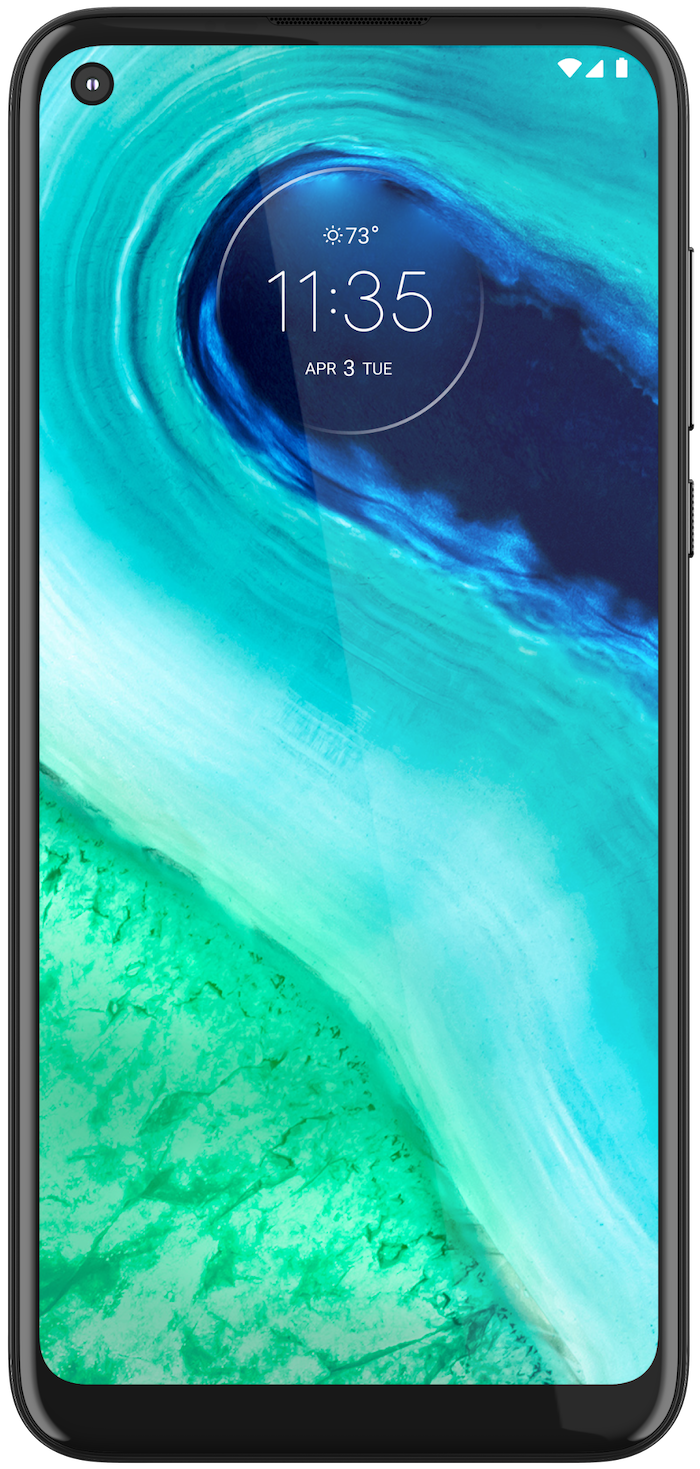
Moto G Fast
The best in this price range
The Moto G Fast has its faults. But if you're shopping with a limited budget, it's the most well-rounded phone out there.
Best alternative Android phone under $200: Moto G Play (2021)

Source: Joe Maring / Android Central
Moto is the king of the sub-$200 category, and the updated Moto G Play (2021) is its most affordable new phone for the year. Of course, it makes a few spec compromises to reach this price tag, but it's still a perfectly enjoyable piece of tech.
The display is a 6.5-inch, 720p HD+ LCD, but it does the job. You also benefit from respectable bezels and a small waterdrop notch, making this a pretty good phone for watching videos or playing light games. You'll find more noticeable downgrades with the 13MP + 2MP dual rear cameras, but they're serviceable for quick uploads to your favorite social media app.
The Moto G Play (2021) has a fingerprint sensor on the rear in the Moto logo, which is every bit as fast and reliable as you could ask for. There's also a headphone jack and support for expandable storage, along with an awesome 5,000 mAh battery and support for all U.S. carriers. Unlike cheaper phones like the Moto E (2020), this device thankfully has USB-C charging (but no wireless charging).
Perhaps the biggest downside to the Moto G Play (2021) is that Motorola has all but confirmed that it would only see one major platform update — and that is to Android 11! That's right, this thing ships with an out-of-date version of Android (10). While Motorola's custom take on Android is just as strong here as it is on the Moto G Fast, offering at least one update would've been greatly appreciated.
Pros:
Large, bright HD display
Huge 5000 mAh battery
3.5mm headphone jack
Motorola's custom software
Works with every U.S. carrier
Cons:
No NFC or official IP rating
Only 3GB of RAM
Ships with Android 10
Best alternative Android phone under $200
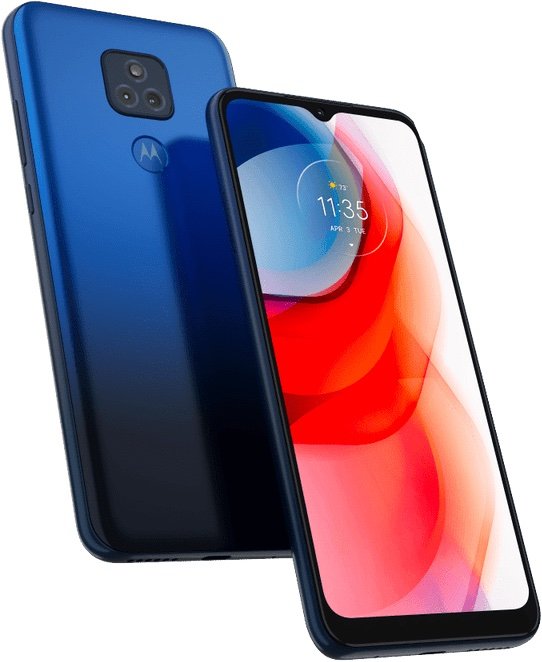
Moto G Play 2021 - Blue
Another affordable Moto
The Moto G Play (2021) sports a 6.5-inch HD display and 5000 mAh battery with a headphone jack to help you stream on for hours.
Best value Android phone under $200: Nokia G20

Source: Michael Hicks / Android Central
None of the phones on this list are considered expensive, but if you're trying to spend your money on something reliable, the Nokia G20 is for you. Sitting towards the upper limit of $200, it's worth considering at the end of the day. You can get a lot of value from every dollar spent on the G20 instead of the cheaper G10.
The Nokia G20 is equipped with a 6.52-inch IPS LCD, making it larger than its cheaper predecessors. While it costs a bit more, you get an HD+ resolution of 1600, a MediaTek processor, 4GB of RAM, and 128GB of expandable storage (up to 512GB). Unfortunately, there's no fast charging, but you shouldn't have to mess with it too much, thanks to the generous 5,050 mAh battery.
The Nokia G20 is powered by Android One, which means you'll get two years of Android upgrades and three years of monthly security patches, which should get you through 2023. The phone ships with Android 11, but it's slated to get Android 12 in the future.
The phone comes with a lovely textured back available in two colors, with a side-mounted fingerprint scanner. You also get a quad-camera setup, including a 48MP primary camera that is surprisingly decent.
Pros:
Clean software with Android One
Large 5,050 mAh battery
Quad cameras
Storage is expandable
Cons:
No IP rating or fast charging
Weak processor
Pricier than other options in this list
Best value Android phone under $200
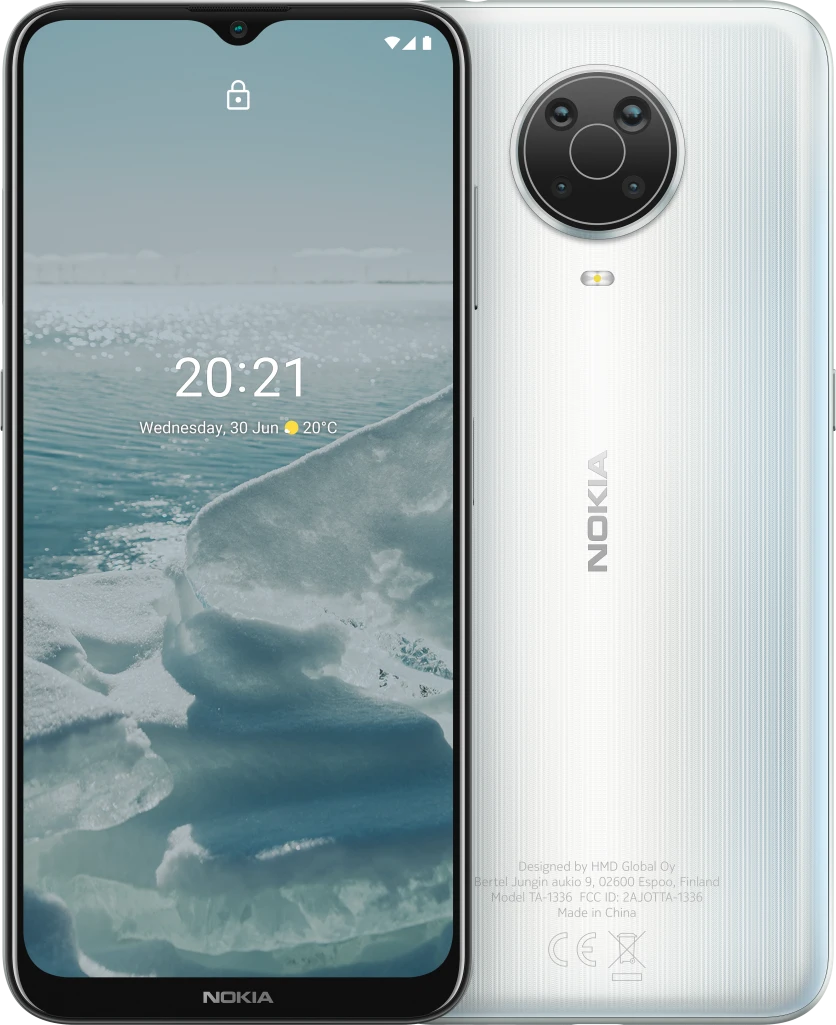
Nokia G20 - Glacier
How low can you go?
Trying to stretch your investment as much as possible? Go with the Nokia G20. It gets the basics done and then some, coupled with many years of updates for security.
Best Samsung Android phone under $200: Samsung Galaxy A12

Source: Samsung
When you think of the best Samsung phones, your mind probably drifts to devices like the Galaxy S21 and Note 20 Ultra — big, flashy, and expensive phones that are sure to break the budget. However, if you're eager to own a Samsung phone for yourself but need to keep costs low, the Galaxy A12 is a solid device.
First thing's first, the Galaxy A12 has an impressive display. It's fairly large at 6.5-inches, goes edge-to-edge with the phone's left and right frame, and has a teardrop selfie camera cutout with a small bottom bezel. So if you do a lot of media consumption, the A12 will make your movies and games stand out wonderfully.
Around the back, the A12 boasts a total of four cameras — consisting of a 16MP primary, 5MP ultra-wide, 2MP macro, and 2MP depth sensors. The image quality won't blow you away, but the cameras get the job done for social media and allow some image-taking (especially with the ultra-wide camera). Other highlights of the Galaxy A12 include expandable storage, a very generous 5,000 mAh battery, USB-C charging, and Samsung's custom One UI software loaded with endless features and settings.
Pros:
Modern display with small bezels
Large 5,000 mAh battery
Charges with USB-C
Samsung's One UI software
Expandable storage
Cons:
Cheap plastic back
No NFC
Best Samsung Android phone under $200
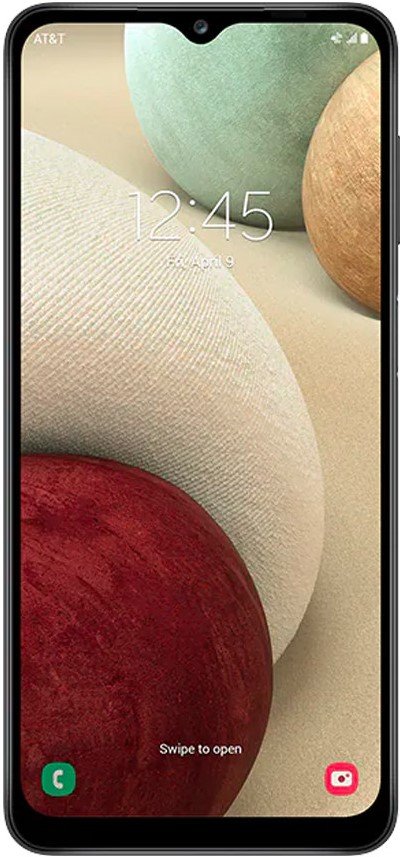
Samsung Galaxy A12
Samsung on the cheap
Another great handset is the Galaxy A12. It boasts an impressive display, features, and software package with One UI.
Best OnePlus Android phone under $200: OnePlus Nord N100

Source: Android Central
Even though OnePlus made a name for itself by offering flagship-quality phones at more affordable price points, it wasn't until the Nord introduction series that it really started to produce true budget-level phones. Unfortunately, the original Nord and Nord 2 did not release in North America, though those in the U.S. and Canada can get their hands on the true value phones in the Nord lineup, including the Nord N10 5G and N100.
Coming in at under $200, the OnePlus Nord N100 is a pretty impressive package. It features a 6.52 LCD screen, a 5,000mAh battery, and 64GB of on-device storage with the ability to expand up to 512GB via the microSD slot. In addition, there is a triple camera setup on the back along with a fingerprint sensor, and it features dual stereo speakers up front.
Just about the only real downside to the N100 is that it ships with Android 10 and OnePlus's OxygenOS 10.5, and there's no word if or when it will receive Android 11 or future platform updates. However, if you've always wanted a OnePlus phone but couldn't afford it, this is a great option. Alternatively, if you can swing a little more, you can pick up the newer OnePlus Nord N200 5G for around $240.
Pros:
Large, bright display
Large 5,000 mAh battery
Charges with USB-C
OnePlus's OxygenOS software
Expandable storage
Cons:
Cheap plastic back
No official waterproofing
Ships with Android 10
Best OnePlus Android phone under $200

OnePlus Nord N100 - Midnight Frost
The budget-phone killer
OnePlus has consistently offered flagship-killer devices, and with the Nord N100, it has its sights set on the lower end of the Android market.
Best battery on an Android phone under $200: Moto G Power (2021)

Source: Joe Maring / Android Central
The Moto G Power (2020) was one of our favorite budget phones of 2020, so we were excited when Motorola announced that the device was getting a sequel. However, that excitement dampened once we learned about some of the upgrades (or downgrades) featured in its 2021 model.
The Snapdragon 662 processor is a step back from 2020's 665, and the clock speed is slower than the older model. In addition, the 2020 version had an HD+ display, but the 2021 model maxes out at 720p. And while Motorola kept the headphone jack, it again left NFC, wireless charging, and official IP water resistance off the spec sheet. On top of those issues, this device ships with Android 10 and received only one major platform update (Android 11).
Don't get us wrong — the Moto G Power (2021) is still a solid, capable, and affordable Android smartphone. It's just not the second act we were hoping for. Nonetheless, if you're looking for a three-camera setup, a bright and big screen, and a giant battery, it's hard to beat this offering.
Pros:
Large, bright HD display
Huge 5,000 mAh battery
3.5mm headphone jack
Motorola's custom software
Works with every U.S. carrier
Cons:
No NFC or official IP rating
Slower chipset than 2020 version
Ships with Android 10
Best battery on an Android phone under $200
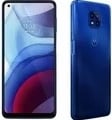
Moto G Power 2021 - Silver
Powerhouse phone
The Moto G Power (2021) is a step back in terms of chipset and screen, but the 5,000mAh unit is still more than enough for most.
Best rugged Android phone under $200: Blackview BV5900

Source: Blackview
Putting a case on the phone is an excellent way to ensure it stays safe throughout your daily use, but some phones were designed to be rugged and durable right out of the box. One such phone is the Blackview BV5900, and if you're prone to clumsiness or work in a physically demanding environment, the BV5900 is a solid choice.
The design of the BV5900 makes its ruggedness unmistakable, and it has durability ratings to back it up. Not only is there an IP68 dust/water resistance rating, but you also get a MIL-STD-810G certification. This means the BV5900 was tested to survive drops of up to five feet.
Moving beyond its design, there are plenty of other highlights for the BV5900. It has a massive 5,580 mAh battery, USB-C charging, NFC for contactless Google Pay payments, and a fingerprint sensor on its side. There's also 3GB of RAM and 32GB of storage that can expand to 128GB.
Blackview's design of the BV5900 certainly isn't for everyone, but if you're someone that knows you'd benefit from a ruggedized handset like this, it's certainly worth a good, hard look.
Pros
Military-grade durability rating
IP68 dust/water protection
Gigantic 5,580 mAh battery
Side-mounted fingerprint sensor
USB-C and NFC
Cons
Design might be too much for some people
Very chunky and heavy
Best rugged Android phone under $200

Blackview BV5900 - Rugged Smartphone
Designed to withstand anything
Thanks to its military-grade durability rating and IP68 protection, the Blackview BV5900 is perfect for people with butterfingers.
Best international Android phone under $200: Xiaomi Redmi Note 9

Source: Xiaomi
Rounding out this list, we have the Xiaomi Redmi Note 9. This is an international phone, so that means no warranty for U.S. users, and it's missing some LTE bands. However, those are pretty much the only real downsides.
The Redmi Note 9 is a darn impressive phone. The 6.53-inch Full HD+ display has very slim bezels and an unobtrusive hole-punch cutout for the selfie camera. Meanwhile, the situation on the rear involves four cameras, with the 48MP primary lens being the only one worth mentioning. Nevertheless, you can capture some unexpectedly great shots with it. Xiaomi also has a few fun colors to choose from, with Forest Green being our favorite.
Under the hood, the Note 9 comes equipped with the MediaTek Helio G85 processor, 4GB of RAM, 128GB of expandable storage, and a huge 5,020 mAh battery. We're also fans of the USB-C fast charging, 3.5mm headphone jack, and IR controller on the phone's top frame.
Xiaomi's custom MIUI software can feel rather bogged down at times, but in just about every regard, this is an astonishingly good phone. Even though the Note 10 is now available, you can still get good mileage out of the Note 9.
Pros:
Beautiful design
6.53-inch FHD+ display with slim bezels
Four rear cameras
128GB of storage
5,020 mAh battery
Fingerprint sensor
Cons:
Doesn't come with a warranty
Lacks support for all U.S. LTE bands
Best international Android phone under $200
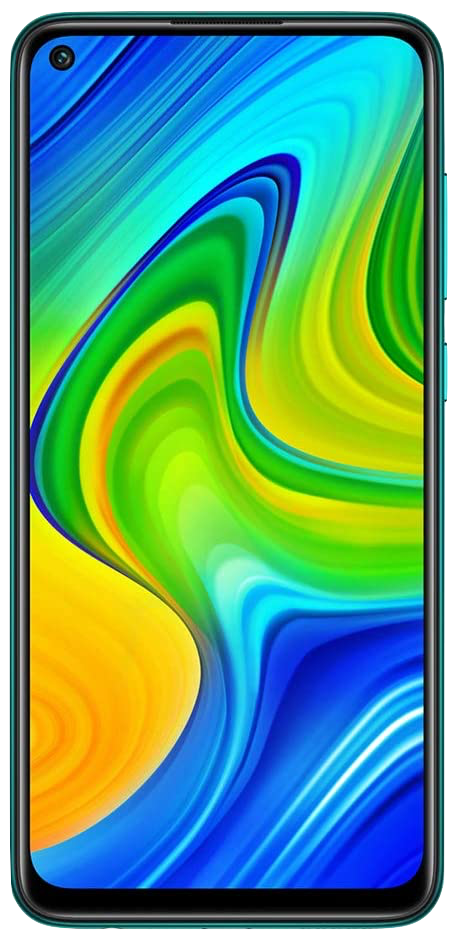
Xiaomi Redmi Note 9 - Forest Green
An enticing international option
If you don't mind venturing into international waters, the Redmi Note 9 is a fantastic purchase. It's gorgeous, powerful, and affordable.
Bottom line
Just a few years ago, $200 couldn't buy you much in the way of the best Android phones. In 2021, however, it's pretty surprising just how many options you have in such a low price segment. There are plenty of "cheap" Android phones that are pretty great. We think the best Android phone under $200 is the Moto G Fast out of everything currently available.
For the average person shopping for a new phone, the Moto G Fast is excellent. The display looks good enough, the performance is great for most apps and light games, the three rear cameras are a bunch of fun to use, and that 4,000 mAh battery is a life-saver. Although newer phones like the Nokia G20, the Moto G Fast is yet to be toppled over as the value king of the sub-$200 segment. It all boils down to the powerful SD 665 chipset combined with underrated features like 4K video recording and water resistance.
The other phones on this list are certainly worth checking out, too, but if you want to keep things simple, go with the Moto G Fast and continue with your life. We think you'll be pleased with it.
Credits — The team that worked on this guide

Joe Maring has been talking/writing about Android in one form or another since 2012 and often does so while camping out at the nearest coffee shop.

Jeramy Johnson is proud to help to Keep Austin Weird and loves hiking in the hill country of central Texas with a breakfast taco in each hand. When he's not writing about connected home devices and wearables, he's defending his relationship with his voice assistants to his family. You can follow him on Twitter at @jeramyutgw.

Namerah Saud Fatmi is a freelance writer for Android Central. She has a passion for all things tech & gaming and has been an honorary Goodreads librarian since 2011. When she isn't writing, she can be found chasing stray cats and dogs in the streets of Dhaka or slaying dragons in the land of Skyrim. You can reach her on Twitter @NamerahS.
We may earn a commission for purchases using our links. Learn more.
Source: https://www.androidcentral.com/best-android-phones-under-200